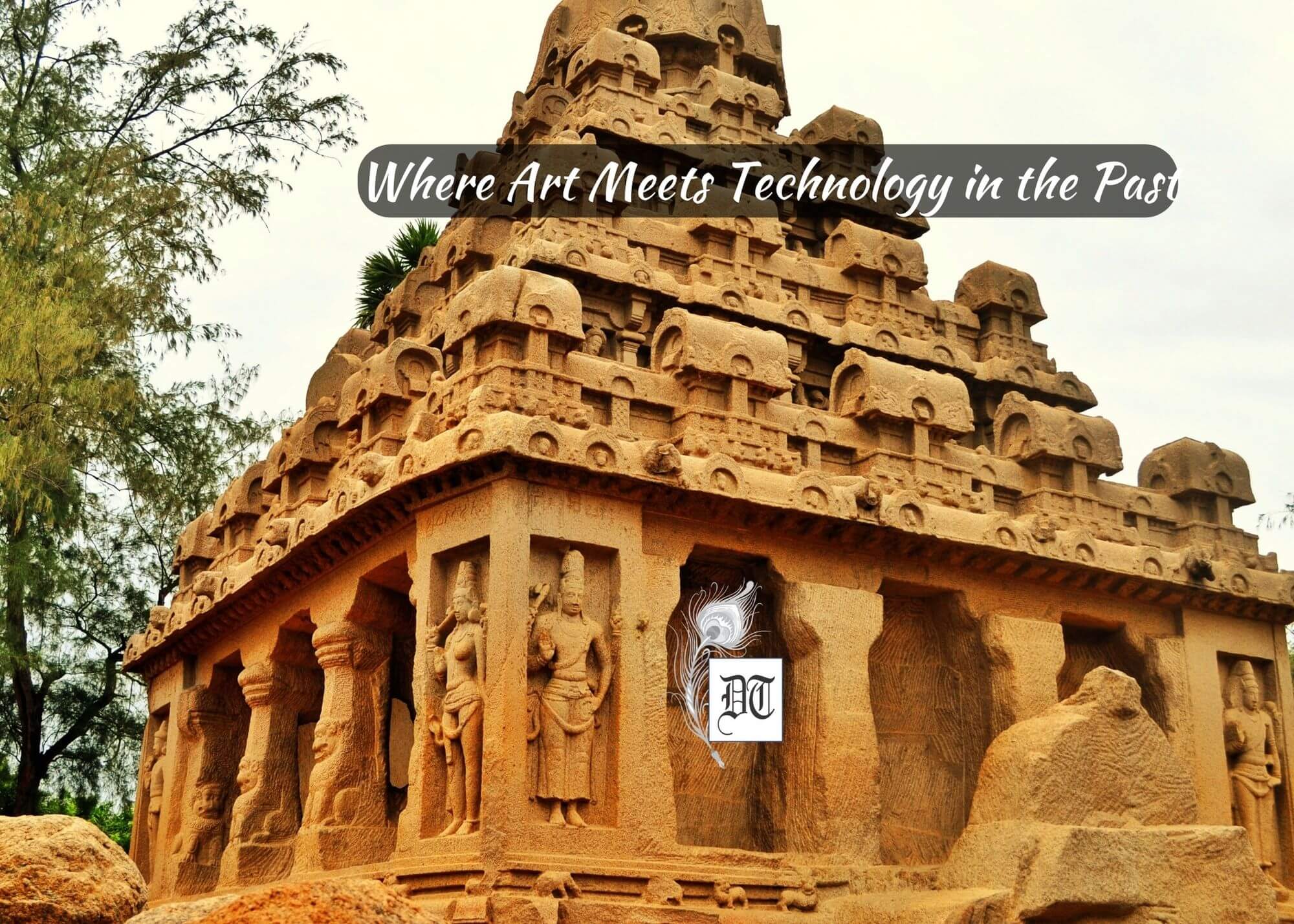Reading Time: 3 minutes
Ancient Indian temples are renowned for their architectural grandeur and intricate iconography, often appearing futuristic, showcasing their advanced artistic and engineering skills, opines Rajul, exclusively for Different Truths.

Ancient Indian temples are renowned for their architectural grandeur and their intricate iconography that has fascinated scholars and art enthusiasts for centuries. While these temples were constructed centuries ago, many artistic representations appear remarkably futuristic, showcasing their creators’ advanced artistic and engineering skills.
As I travelled, I found the stunning marvel of futuristic architecture fascinating all over the country. iconography found in several prominent Indian temples, including Khajuraho, Konark Sun Temple, Brihadeeshwar Temple, Kailasa Temple, Hoysala temples, and the temples of Hampi. Here, I list a few temples, and what makes them unique and much ahead of their time.
Khajuraho: Celebrating Sensuality
The temples of Khajuraho, built during the Chandela dynasty in the 10th and 11th centuries, are renowned for their explicit and intricate erotic sculptures. While these carvings have often been misunderstood, they can be seen as a futuristic representation of human sensuality and desire. In their bold portrayal of human emotions and intimacy, these sculptures challenge conventional artistic norms and open the door to a more nuanced understanding of human nature.
Konark Sun Temple: Cosmic Symbolism
The Konark Sun Temple, built in the 13th century, is a marvel of ancient Indian architecture. Its unique chariot-like structure and intricate carvings depict the Sun God’s journey across the sky. The futuristic aspect lies in its representation of cosmic symbolism, with the temple acting as a giant solar calendar. For instance, the chariot’s wheels serve as sundials, accurately marking time and seasons, and showcasing an advanced understanding of astronomy and timekeeping.
Brihadeeshwar Temple: Architectural Mastery
The Brihadeeshwar Temple in Thanjavur, built by Rajaraja I in the 11th century, is a prime example of Dravidian temple architecture. The temple’s vimana (tower) stands at an astonishing height and features an enormous granite lingam. Its intricate carvings depict scenes from Hindu mythology, showcasing advanced artistic skills. The temple’s grandeur and engineering excellence were undoubtedly ahead of its time, and its timeless design inspires awe.
Kailasa Temple: The Underground Wonder
The Kailasa Temple in Ellora, carved out of a single rock in the 8th century, is an architectural marvel that appears almost otherworldly. Its complex underground design and intricate carvings make it a testament to ancient Indian engineering and artistic prowess. The temple’s underground chambers, intricate reliefs, and massive monolithic structure challenge our perception of what was achievable in the ancient world.
Hoysala Temples: Intricate Ornamentation
The Hoysala temples, built between the 11th and 14th centuries, are famous for their exquisite and intricate stone carvings. The futuristic element in these temples lies in the level of detail and sophistication in their ornamentation. The intricate friezes, depictions of deities, and scenes from epics are a testament to the advanced craftsmanship of their time. The temples’ iconography serves as a visual feast for the eyes, reflecting a deep understanding of aesthetics.
Hampi Temples: Mythical Landscapes
The temples of Hampi, part of the Vijayanagara Empire, feature surreal and fantastical sculptures that depict mythological beings and creatures. These intricate carvings transport visitors to a mythical world, challenging the boundaries of artistic imagination in their time. The temples’ sculptures, often set against a dramatic backdrop of the rocky landscape, create a sense of otherworldliness.
The futuristic iconography found in ancient Indian temples is a testament to the advanced artistic and engineering skills of the people who built them. These temples challenge our understanding of what was possible in ancient times, showcasing a deep connection between art, architecture, and spirituality. Through their intricate carvings (which seem impossible without using relatively modern technology), cosmic symbolism, and imaginative representations, these temples continue to captivate and inspire generations, reminding us of the timeless beauty of mysterious Indian art, technologically evolved past, and spiritually stimulating culture.
Picture design by Anumita Roy

















